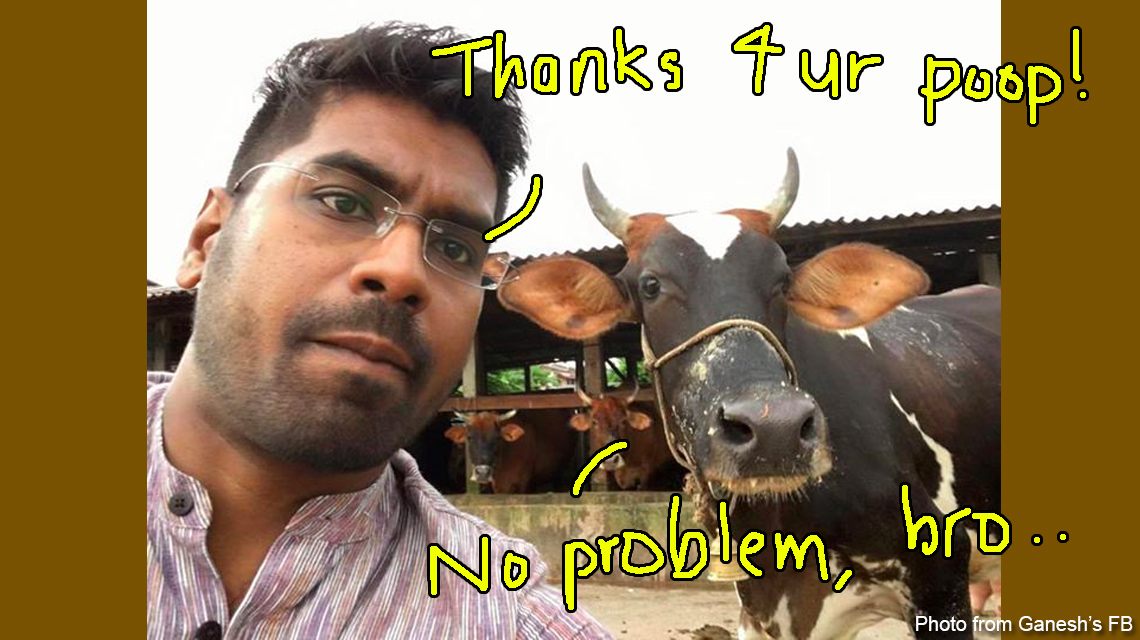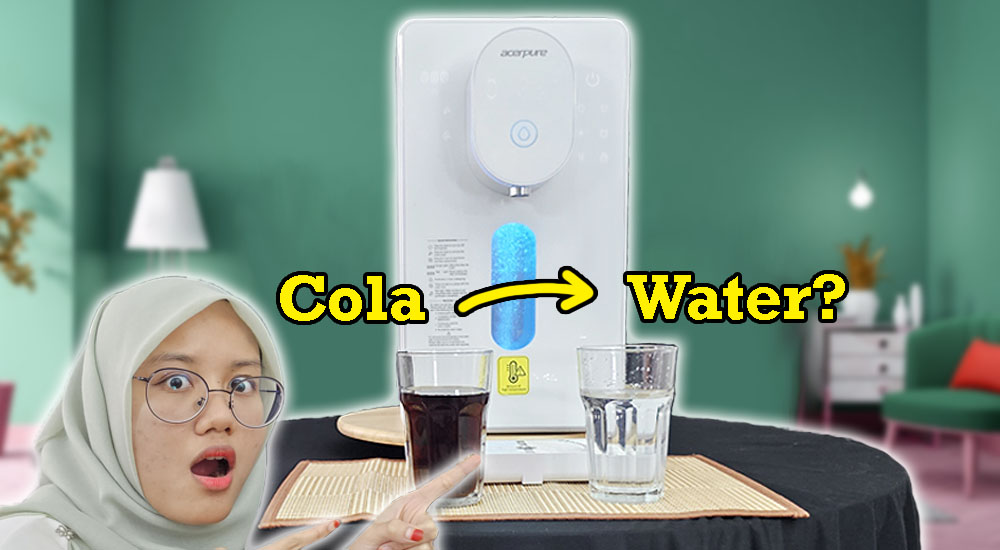3 reasons your water filter is actually 💸 wasting your Ringgit 💸
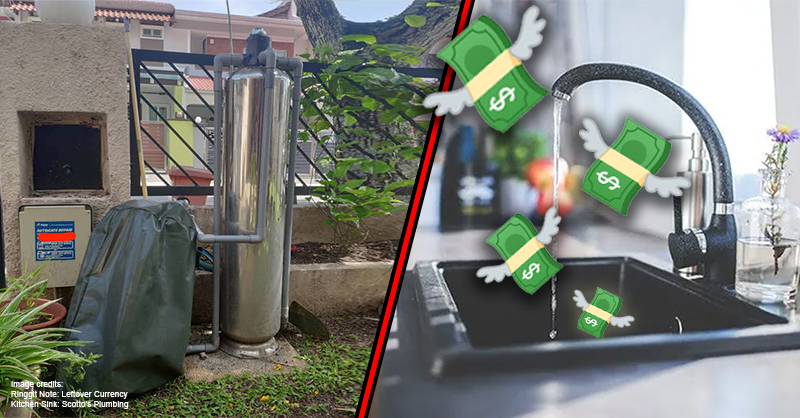
- 3.8KShares
- Facebook3.7K
- Twitter17
- LinkedIn11
- Email13
- WhatsApp50
Play this game with us. Scroll down if you boil your water before drinking.

Great. Now scroll down if you boil your water even though you have a water filter.

Awesome. We’ve now filtered the readers who’ll need to read this article the most. If you’re here because your water supply is #nofilter, you’ll likely find this information useful as well.
Along with our friends at 3M – yes, the 3M that’s most known for inventing Post-it™ Notes – we’ve narrowed down some common mistakes that Malaysians make with water filters, and to help you make sense of the different types available in the market; from RM60 tube filters to RM6,000 machines. Basically, they don’t just want you to buy a water a water filter – they want to help you find the right kind of water filter.

So yes, filters aren’t all made equal because…
Different water filters remove different things
There are a number of reasons why you might want to have a water filter in your house, which can broadly be broken down into:
- Clean water for daily external use, like washing clothes, veggies, and yourself (Filtering out impurities)
- Water that doesn’t taste or smell weird (Reducing harmful substances)
- Water that’s safe enough to drink from the tap (Reducing impurities+harmful substances+bacteria)
So here’s the thing, treated water is actually clean enough to drink straight from the tap – the problems lie in the pipes from the plant (and maybe water tower) to your house, and the pipes from your house to your tap. Because pipes can’t be maintained or replaced very often, they tend to rust or accumulate stuff like moss and sand over the years. As a scale of reference, in 2018, 30% of Malaysian waterpipes were made from Asbestos Cement, installed over 60 years ago. And it’s the same for the pipes in your house or condo as well, which have likely never been replaced unless there was a major renovation.
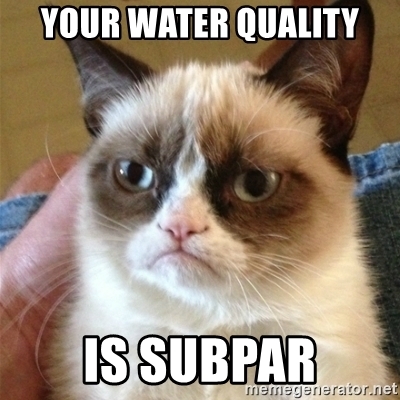
Generally, the peculiar (some say chemical) taste you get in tap water comes from the trace amounts of chlorine used to kill bacteria and other pathogens during treatment. Other factors that affect the taste could be minerals from the water source, elemental traces from plastic or metal pipes in your house, or even how certain chemicals in the water react if you boil it. There’s a whole list of causes for that particular weird taste you’re getting in your water, if you’re interested.
With that in mind, if you just want clean water for washing stuff and avoiding stains on your clothes, then you’re looking for filters that remove fine particles and sediment, and ideally this would be a whole house water filtration system instead of the kitchen sink type filter. On the other hand, if you’re looking to have water that’s safe, tasty to drink and wash food with, you’ll be looking at filters with components like activated carbon or a unique pharmaceutical grade membranes to remove chlorine, tastes, odors, and bacteria from the water.
Just because the filter is there doesn’t mean it’s working
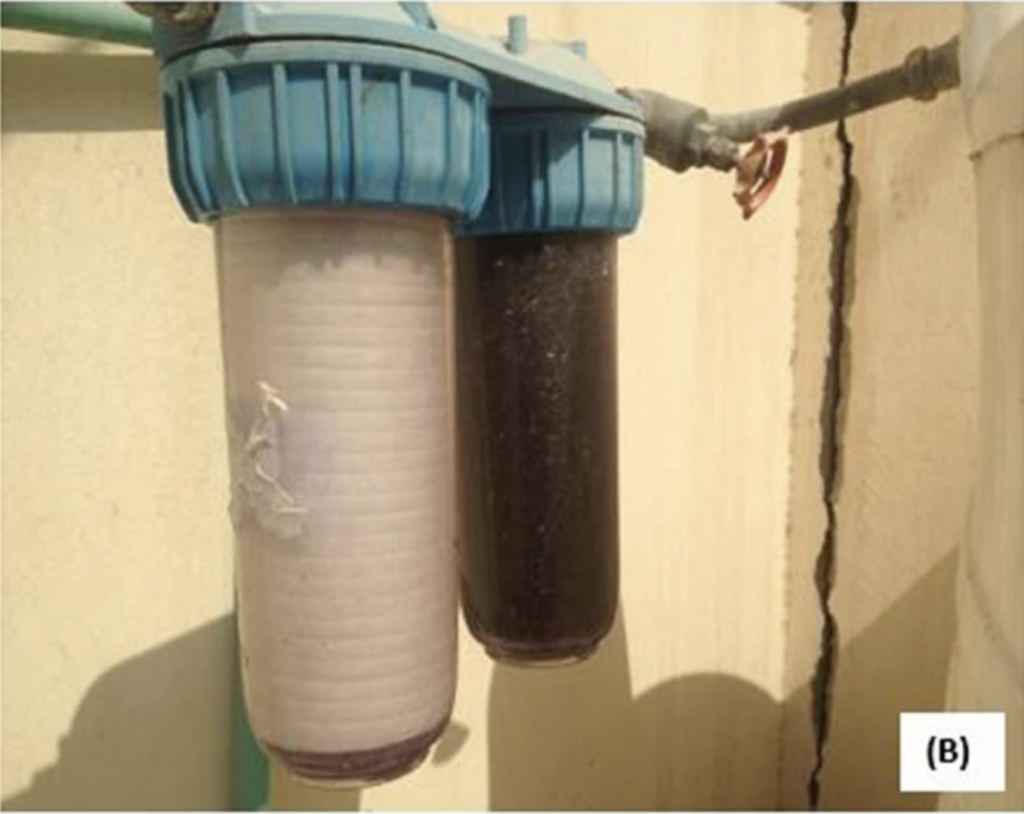
Most filters will claim to be effective and some might even come with test results, certification, or at the very least a picture showing a before and after. You should be betting your money on the test results and certification, but also bear in mind that there are different levels of those as well.
Unless you’re willing to pay for an independent lab to test your water quality, your best indicator would be certifications – and you’d definitely want to look for one from NSF International, an organization that independently tests if a products’ quality and claims meets public health and safety standards. 
Screencapped from 3M’s product catalogue NSF International has different certification standards based on the function of the water filter, so here’s the full list for reference.
Aside from certifications though, there’s also maintenance.
Dirty filters might make your water worse
Filters aren’t a one-off cost since you’ll have to replace or service them on a regular basis… and you really should. Unless you’re using one that has a replacement indicator or with a company that’ll call to remind you, most of us would go with the “if the water looks clean, then no need to change” approach. You can probably guess that this isn’t a good idea but oh dearie oh my, as I live and breathe; it’s worse than you think.

Because filters trap all sorts of gunk, they can become a breeding ground for bacteria that would make the water even less safe for drinking. If the filter is left unchanged for too long, you run the risk of the bacteria forming a biofilm in the filter that makes it easier for more bacteria to latch on and grow into colonies – kinda like the Zerg creep from Starcraft. And here’s where it gets worse, biofilms are essentially irreversible and require a lot of work (or outright replacement) to get rid of. A study in Doha found that badly maintained particle filters actually made the water quality worse, and that changes in water pressure could send the collected gunk, bacteria, and biofilm barreling into your house’s water system.

Suffice to say, it’s a really good idea to keep your water filter well-maintained and serviced, which is why you should also check:
- What that would cost
- How often you have to change it
- Whether it’ll require a degree in engineering to replace the cartridges yourself; or
- Require you to pay more for someone with an engineering degree to come and service it
For instance, many 3M™ water filters come with a Sanitary Quick Change design to easily replace cartridges (easy as changing a lightbulb, and without a ladder!) and even mechanisms like LED and cartridge life indicators to remind you when it’s time for a replacement.
Don’t feel pressured into getting a water filter

True story – A few years back, this writer’s family decided that it was time to get a sediment filter after we noticed that the water was looking a little murky (30+ year old house). Unfortunately, we never read this article so we just picked one that ‘looked like it could do the work’. The result? Our water pressure got so low that it couldn’t reach the auxiliary tank, which required the additional cost of buying a pump. It’s also pretty messy to clean and maintain, so we had to call in a service rep which also added to the cost… when we remembered to call.
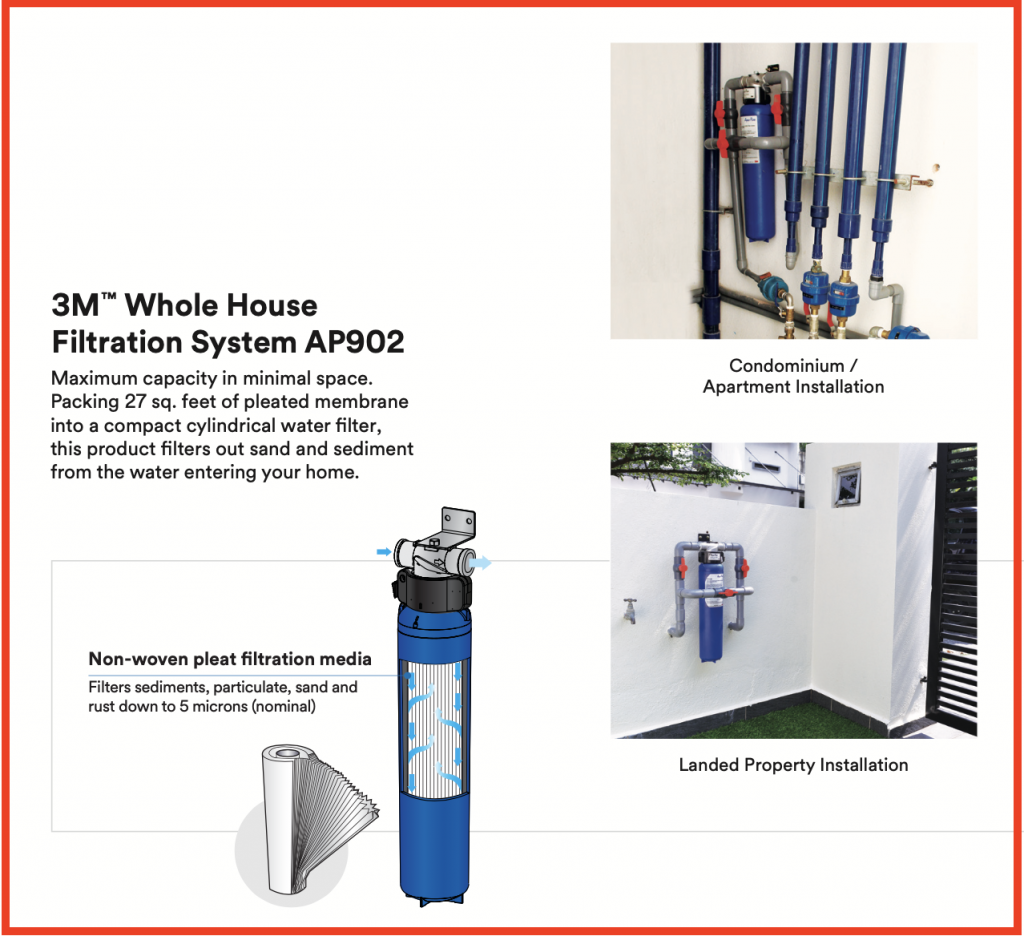
In a way, buying a water filter is kinda like buying a car – you need to know what you want it for, look at options that fit your budget, be prepared for regular maintenance, and made by a brand with a solid reputation. And for water filters at least, 3M would be one of those brands that might tick all your checkboxes. They also have an extensive list of products, from the basic countertop and under-sink filters, to a hot & cold water dispenser with a UV light feature – you can check out their full range here.
- 3.8KShares
- Facebook3.7K
- Twitter17
- LinkedIn11
- Email13
- WhatsApp50

